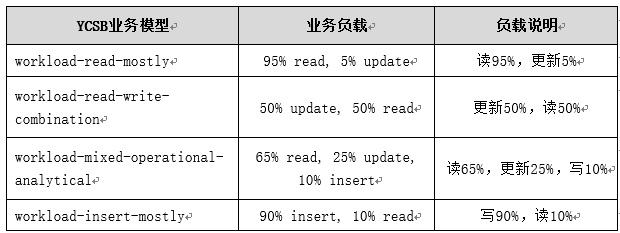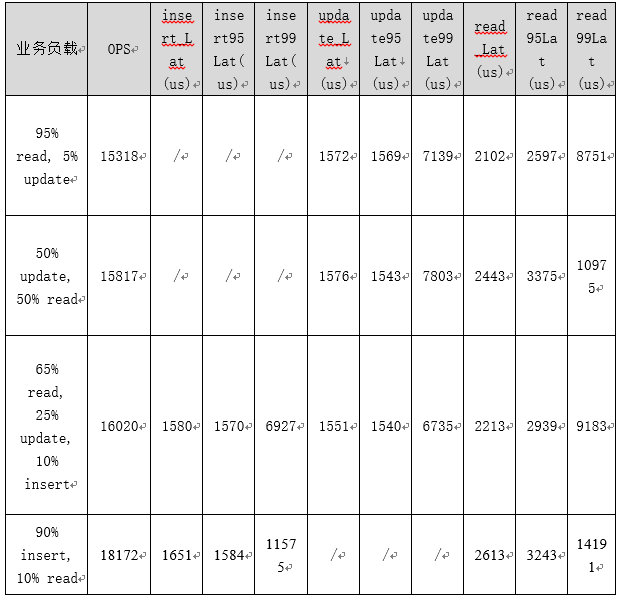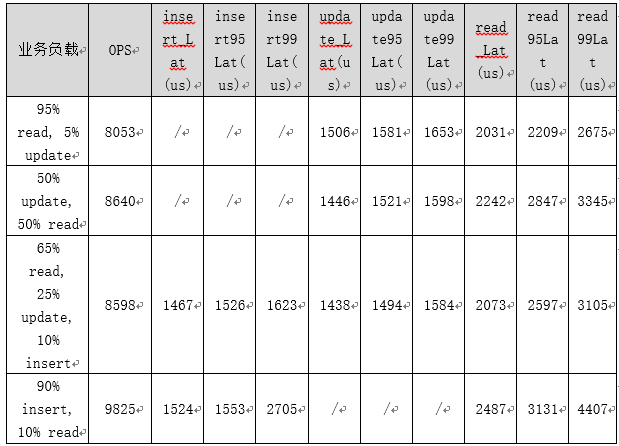Abstract: Today we will use data to speak, take you in-depth understanding of GaussDB (for Cassandra) challenges ultra-low price, while ensuring high performance!
This article is shared from the HUAWEI CLOUD community " data as evidence, those things behind the performance improvement of HUAWEI CLOUD GaussDB (for Cassandra) ", the original author: Gauss Cassandra official.
In our daily philosophy, the pursuit of cost-effectiveness is the most common, but do you know what databases can enjoy high performance, low latency, and ultra-low prices by purchasing low configuration? Today we will use data to speak, and take you in-depth understanding of what GaussDB (for Cassandra) challenges ultra-low prices while ensuring high performance!
As we all know, where there is data, you need to use a database. GaussDB (for Cassandra) is best at scenarios with massive data such as logistics, content distribution, and live video, so that it can play its strengths.
This time I will do a set of tests around the newly launched 2U8G small specification of GaussDB (for Cassandra) and compare it with the open source Cassandra. Come and find out with me.
One, testing tools
Second, the data model
Three, test environment
Four, test steps
4.1 Create a table model
Create keyspace:
create keyspace ycsb WITH REPLICATION = {'class' : 'SimpleStrategy', 'replication_factor': 3 };Enter keyspace:use ycsb;
Create usertable:
create table usertable (
y_id varchar primary key,
field0 varchar,
field1 varchar,
field2 varchar,
field3 varchar,
field4 varchar,
field5 varchar,
field6 varchar,
field7 varchar,
field8 varchar,
field9 varchar);4.2 Data preparation stage
nohup ./bin/ycsb load cassandra-cql -P workloads/workload-insert-mostly -threads $THREAD_COUNT -s > $LOG_FILE 2>&1 &4.3 Stress testing of YCSB's four business models
Five, test results
The pressure test stage is divided into two groups, one group of CPU is fully loaded with 80%, and one group is with 50% of normal load.
5.1 Test result index description
OPS: Operations per second
insert_Lat(us):每次insert操作平均时延(微秒)
insert95Lat(us):95%的insert操作在多少微秒内
insert99Lat(us):99%的insert操作在多少微秒内
update_Lat(us):每次update操作平均时延(微秒)
update95Lat(us):95% update操作的时延在多少微秒以内
update99Lat(us):99% update操作的时延在多少微秒以内
read_Lat(us):每次read操作的平均时延(微秒)
read95Lat(us):95% read操作的时延在多少微秒以内
read99Lat(us):99% read操作的时延在多少微秒以内5.2 CPU 80% load
5.3 CPU 50% load
5.3.1 Comparison with open source
Six, 2U8G cost
For example, buy a 160GB instance with 2U8G 3 node storage on HUAWEI CLOUD. The specific options are as follows:
As above, the on-demand fee is 5.84/hour, and the annual fee is 22,534 yuan
to sum up
- Among the four general business models of YCSB, the newly launched 2U8G specification of GaussDB (for Cassandra) has an OPS of 15000+ when the CPU is fully loaded with 80%, and it can reach 8000+ when the CPU is at a normal load of 50%.
- high performance
GaussDB (for Cassandra) newly launched 2U8G specification can reach the same processing capacity as open source Cassandra 4U16G under normal CPU load, and the number of operations per second is 50% higher than open source Cassandra in multi-service scenarios.
- Low latency
The average write delay is within 1.7ms, and the average read delay is within 3ms
Seeing this, do you think GaussDB (for Cassandra) newly launched 2U8G specifications are also good, come and experience it quickly
- Buying advice:
GaussDB (for Cassandra) performance is more than twice as open source, open source storage only 1/3 self help customers save costs, for example as follows: Open Source self 8u32g 3 Node amount of data: 90G (three copies), purchase GaussDB ( for Cassandra) can choose to create 4u16g 3 node data volume: 30G (DFV storage three copies)
Author of this article: Huawei Cloud GaussDB (for Cassandra) team
Product homepage: https://www.huaweicloud.com/product/gaussdbforcassandra.html
Huawei Cloud GaussDB (for Cassandra) team (Shenzhen, Xi'an, Hangzhou) zhaojuan.zhao@huawei.com
Click to follow and learn about Huawei Cloud's fresh technology for the first time~








**粗体** _斜体_ [链接](http://example.com) `代码` - 列表 > 引用。你还可以使用@来通知其他用户。